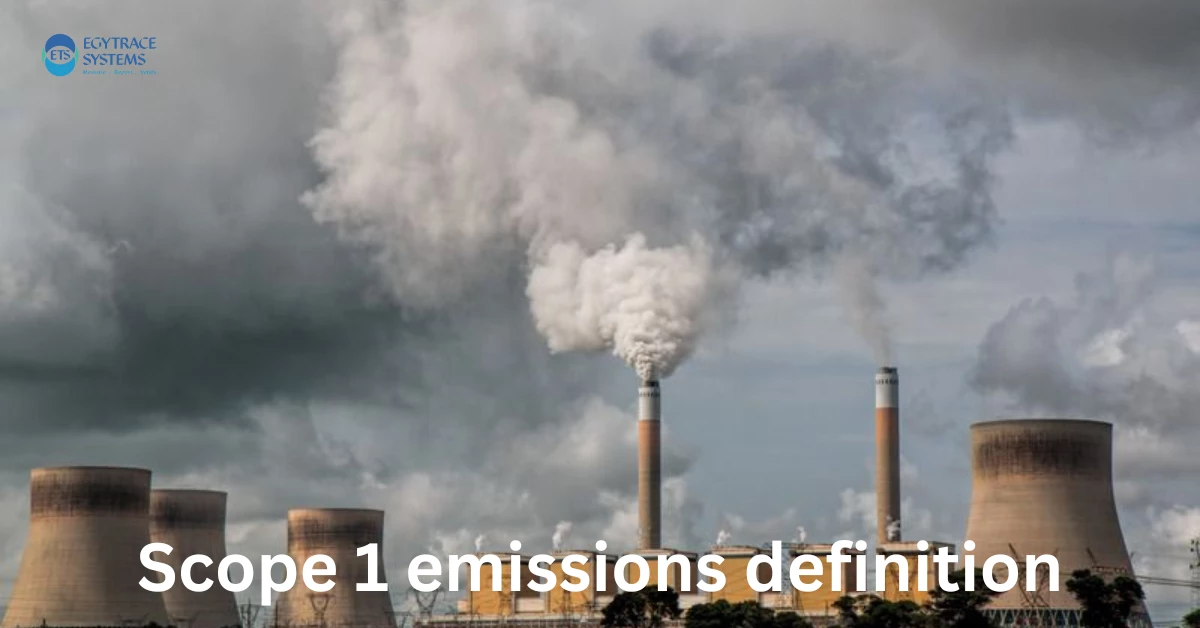Scope 1 emissions Definition
As the world focuses on reducing greenhouse gas (GHG) emissions to combat climate change, the concept of Scope 1 emissions has gained significant importance. These emissions represent a critical aspect of corporate carbon accountability. In this article, we’ll explore the Scope 1 emissions definition, explain how to calculate them, and highlight their importance for sustainability initiatives.
What Are Scope 1 Emissions?
Scope 1 emissions are direct greenhouse gas emissions that originate from sources controlled or owned by a company. These emissions stem from activities such as:
- Combustion of fossil fuels in vehicles, machinery, or facilities.
- Industrial processes emitting gases directly.
- Fugitive emissions from equipment leaks.
Unlike Scope 2 or Scope 3 emissions, which involve indirect emissions, Scope 1 is entirely within a company’s operational boundaries, making it the most direct form of accountability.
Aslo: SEC Climate Disclosure
How to Calculate Scope 1 Emissions
Calculating Scope 1 emissions involves several steps to ensure accuracy and compliance with international standards. Here’s a structured approach:
- Identify Emission Sources
Pinpoint all direct sources within the company’s operations, such as fuel usage in transportation or onsite energy generation. - Measure Activity Data
Gather data on fuel consumption, industrial processes, or other emission-generating activities. Accurate records are vital. - Apply Emission Factors
Use scientifically validated emission factors for each source type to convert activity data into equivalent carbon dioxide (CO₂e) emissions.
For example:- Fuel type: Natural gas, diesel, or gasoline.
- Emission factors: Provided by standards like the IPCC Guidelines.
- Sum Up Emissions
Aggregate emissions across all identified sources for a complete Scope 1 inventory.
Tools and Resources
Utilizing software like Persefoni or an automated MRV (Monitoring, Reporting, and Verification) system simplifies this process by ensuring precise calculations and regulatory compliance.
Why Do Scope 1 Emissions Matter?
Understanding and managing Scope 1 emissions is crucial for businesses aiming to align with sustainability goals and regulatory requirements. Here’s why it matters:
- Regulatory Compliance:
Companies operating in regions with carbon taxes, such as the EU, must report Scope 1 emissions accurately to avoid penalties. - Environmental Responsibility:
Addressing direct emissions demonstrates a commitment to reducing environmental impact. - Reputation and Investor Appeal:
Transparent reporting builds trust with stakeholders, investors, and customers.
EgyTrace: Your Partner in Sustainability
Managing Scope 1 emissions effectively can be complex, but with EgyTrace, businesses in Egypt can simplify the process. Our advanced digital solutions, including an automated MRV system, help companies comply with the EU Carbon Tax and embrace sustainable practices seamlessly.
Conclusion
Scope 1 emissions represent a vital component of a company’s environmental footprint. By understanding their definition, calculating them accurately, and leveraging advanced tools like those offered by EgyTrace, businesses can take significant strides toward sustainability and regulatory compliance.
Are you ready to tackle your Scope 1 emissions and lead the way in sustainability? Contact EgyTrace today to learn more about how we can assist your business!

